How To Replace A Conveyor Roller (Step-By-Step Guide)
Welcome to the comprehensive guide on conveyor rollers replacement! At Conveyor Systems & Engineering, INC (CSE), we understand how crucial it is to have your conveyor system running smoothly and efficiently. This guide will walk you through the step-by-step process of replacing a conveyor roller, ensuring your system is back up and running in no time.
Preparing for Replacement
Before diving into the replacement process, preparation is essential to ensure a smooth and successful experience. To set yourself up for success, follow these steps:
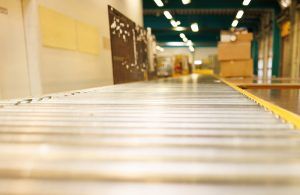
- Assess your conveyor system : Take a moment to analyze your system as a whole carefully. Familiarize yourself with its components, layout, and any specific requirements it may have. This knowledge will be invaluable when it comes time to replace the roller.
- Gather the necessary tools and equipment: You’ll need a few essential tools to perform the replacement efficiently. Make sure you have a wrench, a pry bar, a new conveyor roller, and safety gear such as gloves and goggles on hand before you begin.
- Consult the manufacturer’s guidelines: Review any documentation, manuals, or online resources provided by the manufacturer of your conveyor system. These materials often contain valuable information and recommendations for maintenance procedures, including roller replacement.
- Power off the conveyor system: Safety should always be your top priority. Before starting any maintenance or repairs, turn off and unplug the conveyor system to eliminate the risk of accidents or injuries. For more safety tips, follow this link .
- Inspect the conveyor system: Carefully examine the conveyor system to determine which conveyor roller needs replacing. While at it, watch for any other issues that may require attention, such as damaged belts, misaligned components, or signs of wear and tear.
- Prepare your workspace: Set up a clean, well-lit, and clutter-free workspace with easy access to the conveyor system. A designated area for your tools and replacement parts will help streamline the process and minimize the chances of losing or misplacing items.
Following these preparation steps, you’ll be well-equipped to confidently and quickly tackle the conveyor roller replacement process.
Ordering Replacement Rollers from CSE
Before beginning the replacement process, you must have the right conveyor roller on hand. Here’s how to order high-quality replacement rollers from Conveyor Systems & Engineering, INC (CSE):
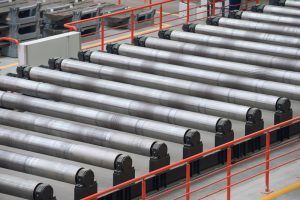
- Identify the roller specifications: To order the correct replacement roller. You’ll need to know its specifications, such as the diameter, length, material, and bearing type . You can find this information in your conveyor system’s documentation or by measuring the existing roller.
- Visit https://www.conveyorsystemsandengineeringinc.com: Head over to our website at www.conveyorsystemsandengineeringinc.com to browse our extensive selection of conveyor rollers. We offer a wide range of options, including gravity conveyor rollers, grooved rollers, and sprocketed rollers, to suit various applications and industries.
- Customize your order: At CSE, we understand that every conveyor system is unique. That’s why we have an online custom conveyor roller builder to meet your requirements. Simply provide us with your roller specifications, and our team of experts will manufacture a roller tailored to your needs.
- Get expert assistance: If you’re unsure which roller is best for your conveyor system, our knowledgeable staff is here to help. Reach out to us via phone at 847-593-2900 or complete our contact form, and we’ll gladly guide you through the selection process and answer any questions you may have.
- Place your order: Once you’ve identified the ideal roller for your conveyor system, add it to your cart and proceed to checkout. We pride ourselves on our fast turnaround times and reliable shipping, ensuring you receive your replacement roller as quickly as possible.
By ordering your conveyor rollers replacement from CSE, you can trust that you’re getting high-quality components designed to keep your conveyor system running smoothly and efficiently.
Removing the Old Roller
Once you’ve gathered your tools and prepared the area, it’s time to remove the old roller. Follow these steps to ensure a smooth removal process:
- Loosen the tension bolts: Locate the tension bolts on either side of the roller, and use your wrench to loosen them. This will allow the roller to move more freely.
- Remove the roller shaft: Use the pry bar to remove the roller shaft from its brackets carefully. Keep a firm grip on the roller, as it may be heavy.
- Slide out the old roller: With the shaft removed, you can now slide the old roller out of the conveyor system.
Installing the New Roller
Now that you’ve removed the old roller, it’s time to install the new one. Follow these steps for a successful installation:
- Inspect the new roller: Before installing it, inspect it for any signs of damage or defects. If you notice any issues, do not proceed with the installation.
- Slide in the new roller: Position the new roller within the conveyor system and carefully slide it into place.
- Reinsert the roller shaft: Once the new roller is in position, reinsert the roller shaft through the brackets and into the roller. Ensure that the shaft is aligned correctly and seated.
- Tighten the tension bolts: Use your wrench to tighten the tension bolts on either side of the roller. This will secure the roller in place and ensure proper tension.
Testing the Conveyor System
After installing the new roller, it’s essential to test the conveyor system to ensure everything is functioning correctly. Follow these steps to test your conveyor system:
- Inspect the installation: Double-check that the new roller is securely in place and that the tension bolts are correctly tightened.
- Power on the conveyor system: Plug the conveyor system back in and turn it on.
- Monitor the conveyor system: Watch the conveyor system closely as it operates, paying particular attention to the newly installed roller. Ensure that the roller is spinning smoothly and that there are no signs of wobbling or other issues.
Congratulations! You’ve successfully replaced a conveyor roller. Your conveyor system should now be running smoothly and efficiently once again.
Looking for Expert Assistance with Conveyor Repairs?
Worry not if you’re feeling overwhelmed or unsure about tackling conveyor rollers replacement or other conveyor system repairs on your own! Our friendly and knowledgeable Conveyor Systems & Engineering, INC (CSE) team is here to help. For help with your conveyor system, visit www.conveyorsystemsandengineeringinc.com. We’re always here to offer expert guidance.

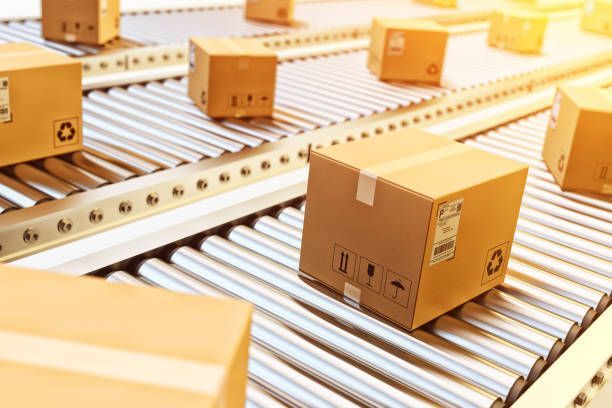
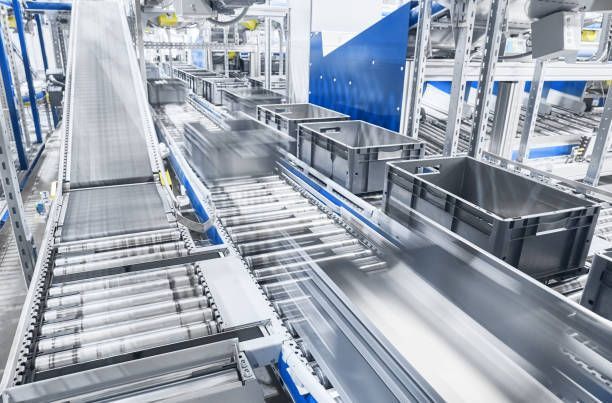
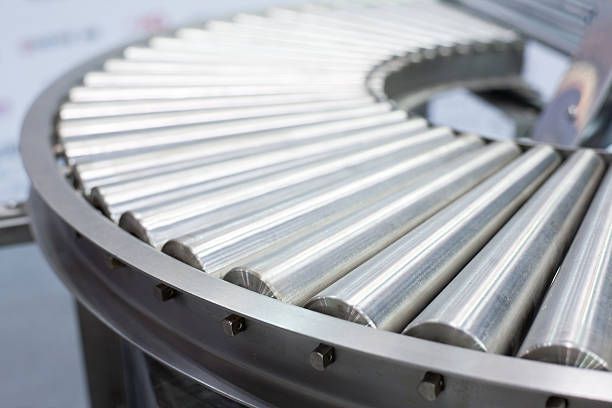
Location
2771 Katherine Way, Elk Grove, IL 60007
All Rights Reserved | Conveyor Systems and Engineering Inc.

